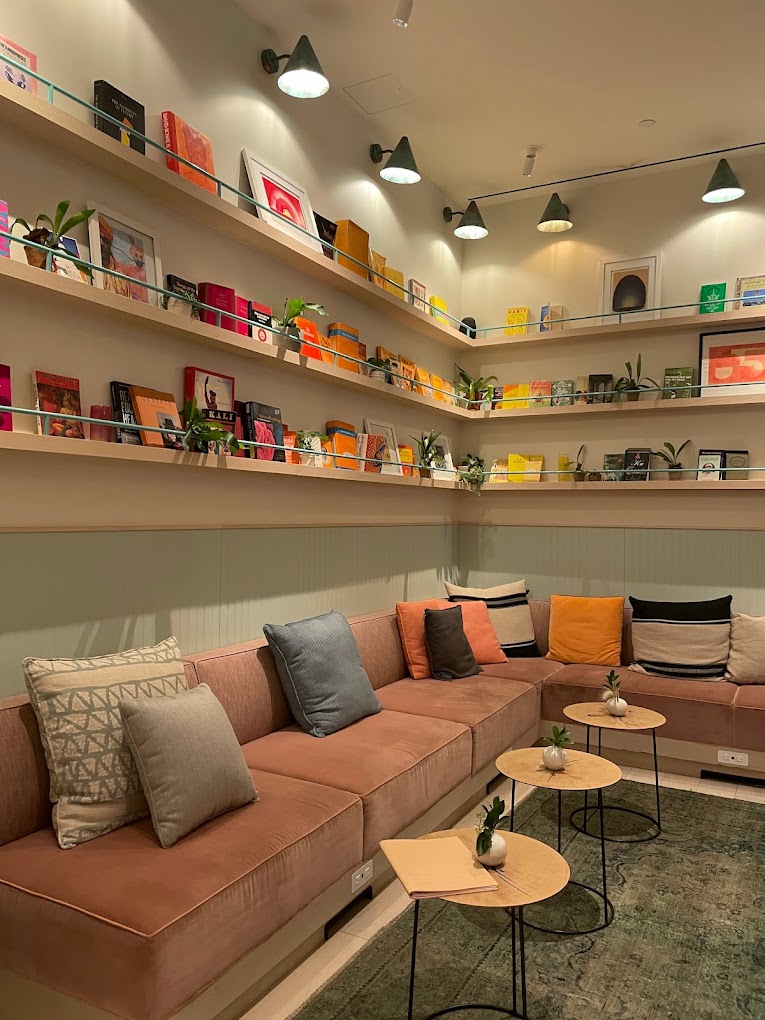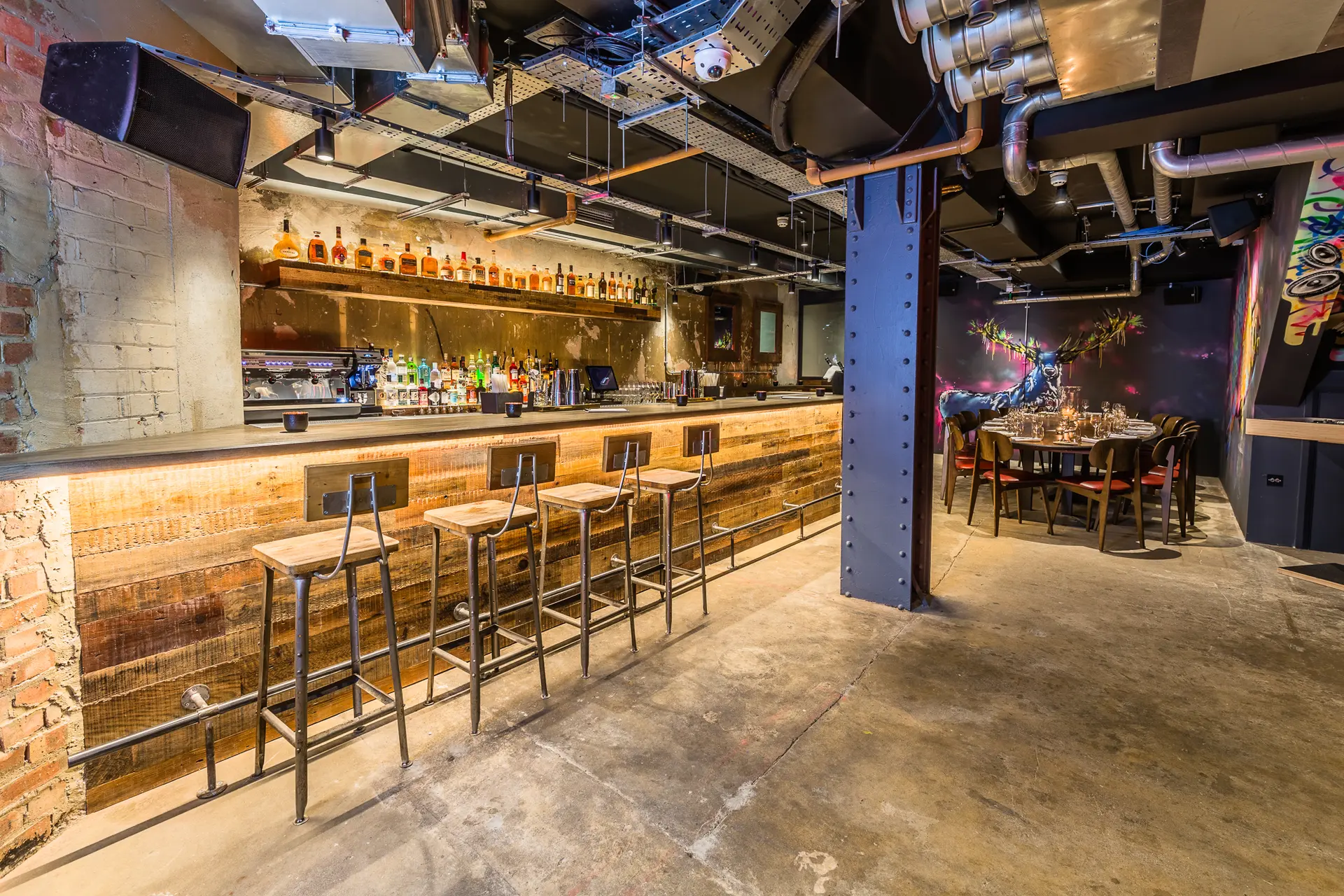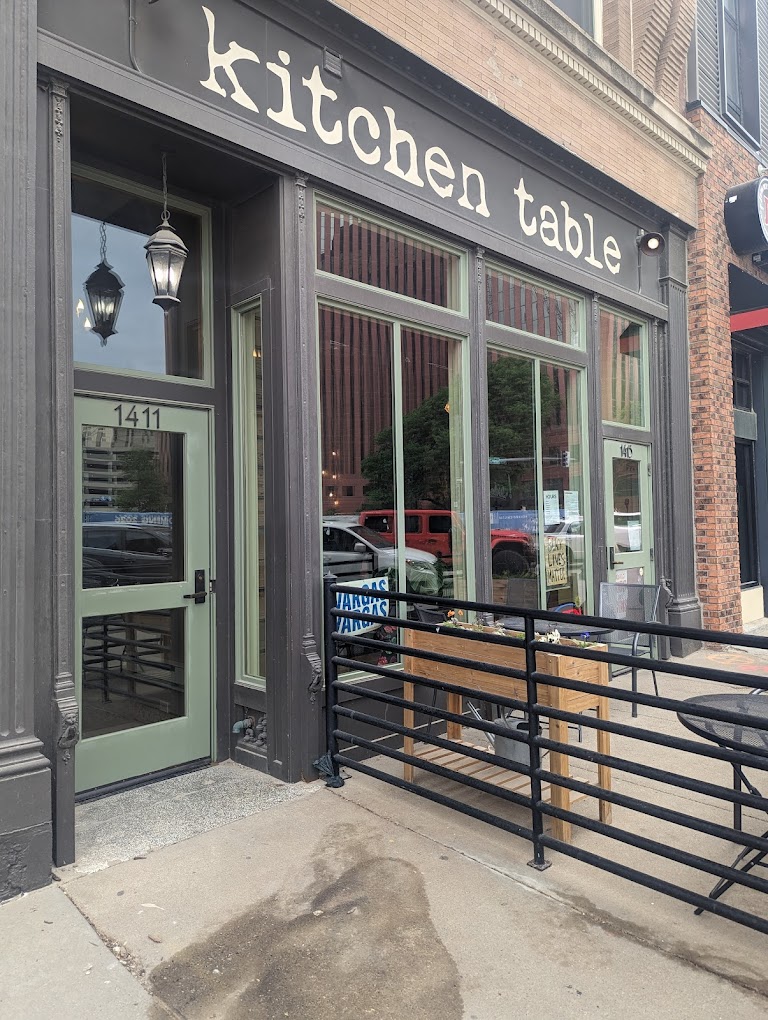A sintered stone dining table offers the look of natural stone with enhanced durability. Sintered stone is an engineered composite material made by compacting stone powder and pigments under heat and pressure. The result is a hard, dense stone product used for tabletops, countertops, and other surfaces.
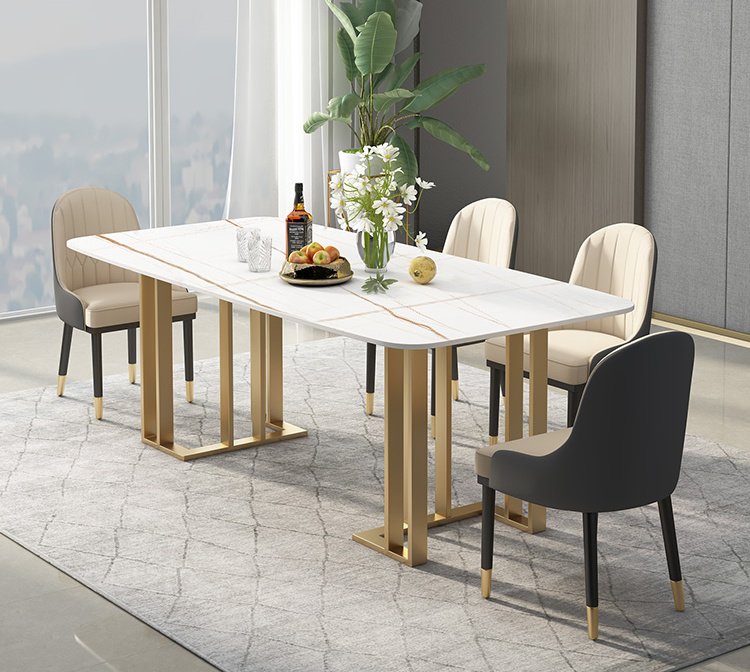
How Sintered Stone is Made
The sintering process entails:
- Milling natural stone types like granite, quartz, marble, limestone into fine powder.
- Adding pigments for desired coloration.
- Combining proprietary resins and binders.
- Compacting the mixture in a mold under high heat and pressure.
- Curing, cutting, and finishing the molded slabs into tabletops.
Benefits of Sintered Stone Tabletops
Compared to natural stone slabs, sintered stone offers:
- More consistent colors and patterns since variation is intentionally designed in.
- Greatly increased stain, scratch, and heat resistance due to the dense composite.
- Higher strength and fracture resistance during shipping, installation, and use.
- Customizable colors, textures, shapes to suit any decor.
- Lower cost than solid quarried stone.
Drawbacks of Sintered Stone
Potential downsides include:
- Less natural appearance since patterns are manufactured.
- Limited ability to be repaired if damaged. Scratches may be permanent.
-Joints between slabs if not seamlessly integrated can allow leaks.
- Still prone to etching from highly acidic substances.
Overall, sintered stone provides an extremely durable and versatile dining table surface, replicating the elegance of natural stone. Proper maintenance preserves its beauty long-term.
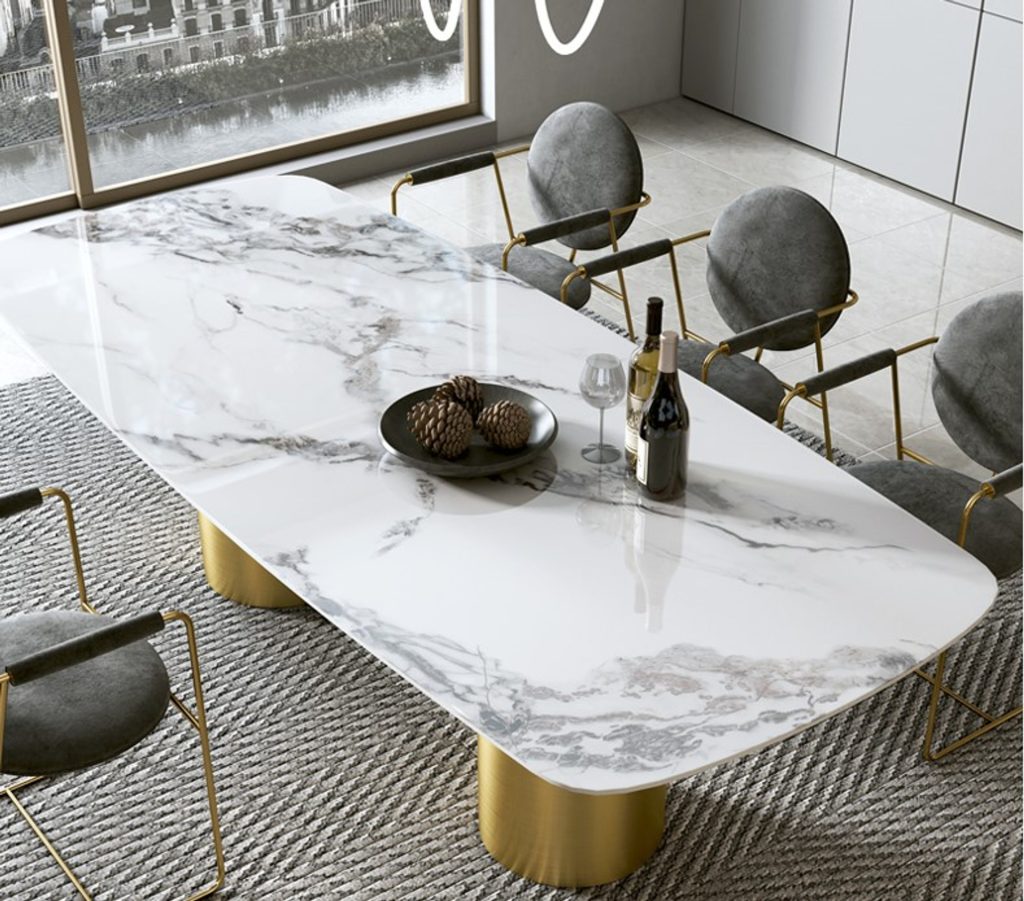
Is Sintered Stone a Good Choice for Dining Tables?
For most households, sintered stone is an excellent dining table material, but consider:
- Durability needs – For homes with rambunctious kids or pets prone to spills and messes, sintered stone’s resilience makes it ideal. The nonporous surface prevents stains.
- Style goals – If aiming for a natural stone look but with perfectly uniform patterns, the manufacturing process of sintered stone fits the goal.
- Environmental factors – Sintered stone’s durability suits outdoor dining tables well since it withstands sun, moisture, and temperature fluctuations.
- Color scheme – The ability to engineer any color palette into sintered stone during production allows matching any decor.
- Budget – Sintered stone costs significantly less than natural stone slab tables of the same size. The composite nature reduces cost.
- Ease of care – Low maintenance needs suit busy households. Sintered stone primarily just needs wiping down.
For most dining spaces, sintered stone offers superior durability and customized beauty at an affordable price point compared to solid natural stone.
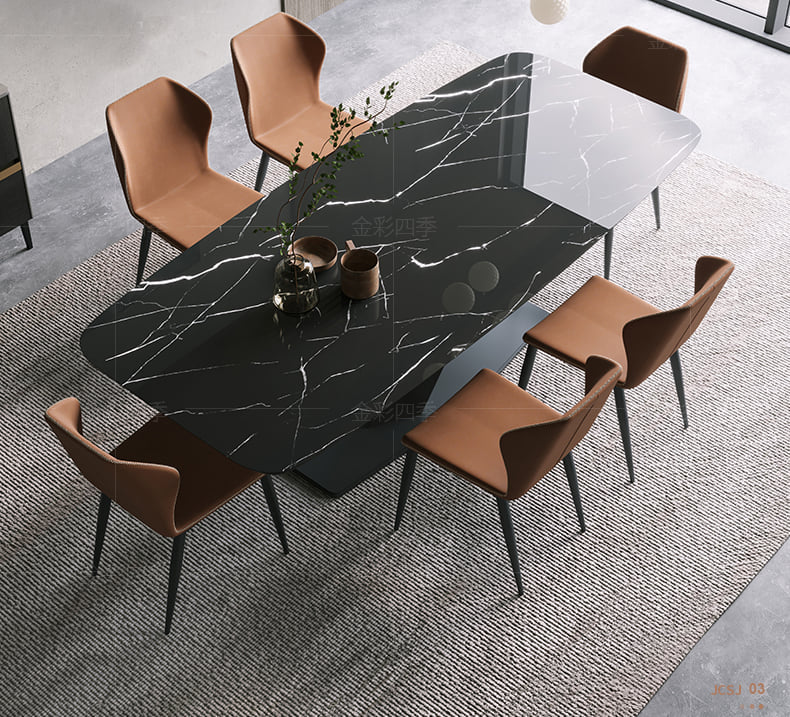
How Durable and Damage-Resistant is Sintered Stone?
The manufacturing process makes sintered stone an extremely tough and resilient material:
- Scratch resistance – Up to 4x more scratch resistant than granite. Resists cuts from sharp tableware.
- Heat resistance – Can tolerate brief exposure up to 535°F. Protective pads still recommended for hot pots.
- Stain resistance – Nonporous so spills stay on surface rather than soak in. Easy wipe-up.
- Chip/fracture resistance – Flexural strength minimizes edge chipping if bumped into. Resists cracks.
- Chemical resistance – Not affected by household cleaners, food acids. Improved stain prevention over natural stone.
- Wear resistance – Extremely high durability under heavy usage. Does not etch or erode easily.
With proper use and care, sintered stone tabletops maintain appearance and performance for many years, outperforming natural stone.
Does Sintered Stone Need Ongoing Maintenance?
While extremely low maintenance compared to natural stone, sintered stone dining tables benefit from:
- Regular cleaning – Simple soap and water prevents buildup in pores affecting appearance.
- Prompt wipe-ups – Clean spills quickly before staining can occur. Acidic liquids still can etch if left.
- Do not over-scrub – Gentle wiping is sufficient for cleaning. Avoid abrasive pads.
- Coasters under glasses – Prevent moisture rings and heat damage from hot pans.
- Resealing – Reapply sealants every 1-3 years if needed to refresh water repellency.
- Inspect joints – Check caulking/grout between slabs yearly and reseal if needed.
- Polish out etches – Use a sintered stone polish kit to remove acid etching.
With occasional resealing when required, sintered stone retains its integrity and needs little intervention between professional deep cleanings.
What are Popular Styles of Sintered Stone Dining Tables?
Sintered stone’s adaptability suits diverse dining table types:
Simple Modern Tables
Sleek sintered stone slab tops with polished beveled edges pair beautifully with stainless steel, chrome, or aluminum bases in minimalist modern styles.
Rustic Farmhouse Tables
Sintered stone plank-style tops with roughhewn edges complement reclaimed wood bases for rustic farmhouse atmosphere.
Elegant Traditional Tables
Sintered stone slab tops with intricate inlaid designs match classic carved ornate wood or metal base styles, lending tradition and grandeur.
Luxury High-Gloss Tables
Gloss-finished sintered stone tops with metallic or glass mixed media bases create lavish formal dining settings.
Outdoor Patio Tables
Durable sintered stone tops withstand weather fluctuations, pairing well with powder-coated metal patio bases.
Bold Custom Tables
Unique custom shapes, inlaid art, elaborate edges, and exotic bases feature sintered stone’s versatility.
With endless options for colors, patterns, and base pairings, sintered stone adapts well to furnish dining spaces of any style.
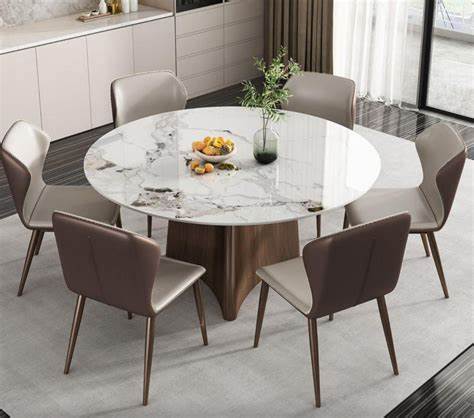
Is Sintered Stone Only for Tabletops or Can It Be Used for Full Tables?
While its durability makes it ideal for tabletop material, sintered stone can be incorporated into entire pieces:
Table Bases
Sintered stone can form the base of tables, shaped into sculptural legs, pedestals, and functional supports. The high composite strength allows this.
Inlaid Tables
The sintered stone slab can be inlaid into a metal, wood, or additional stone structure as an accent stripe or central medallion.
Mosaic Tables
Small sintered stone tiles can create mosaic tabletop designs or be used on the base as a tile overlay. Grout lines add visual interest.
Marquetry Tables
Thin sintered stone veneers allow marquetry-style geometric patterned inlays on tabletops or table sides. Combinations with wood or resin create contrast.
Multi-Material Tables
Sintered stone slabs can be combined with metal, wood, glass, or acrylic on the base or legs as mixed media pieces.
Monolithic Tables
For a seamless unified look, sintered stone can comprise the entire table as a molded cube, cylinder, or other avant-garde shape.
Sintered stone’s diversity lends itself to designing completely unique dining tables that showcase the material’s beauty and durability.
What are the Pros and Cons of Sintered Stone Versus Natural Stone Tables?
Sintered stone brings some advantages yet cannot fully replicate real stone. Compare:
Pros
- Greater consistency in patterns and colors
- Improved stain, scratch and heat resistance
- Higher flexural strength and fracture toughness
- Lower porosity prevents absorption
- Greater customization in shape, finish and size
- More affordable, accessible stone material
Cons
- Manufactured appearance, less natural variation
- Cannot be restored as well if damaged
- Still prone to occasional etching or dulling over time
- Lacks depth and luster of real natural stone
- Limited sizes compared to quarried slab stones
For most home dining spaces, sintered stone offers the best blend of strength, customization, and cost-effectiveness. Yet for some, nothing beats the mystique of authentic stone.







